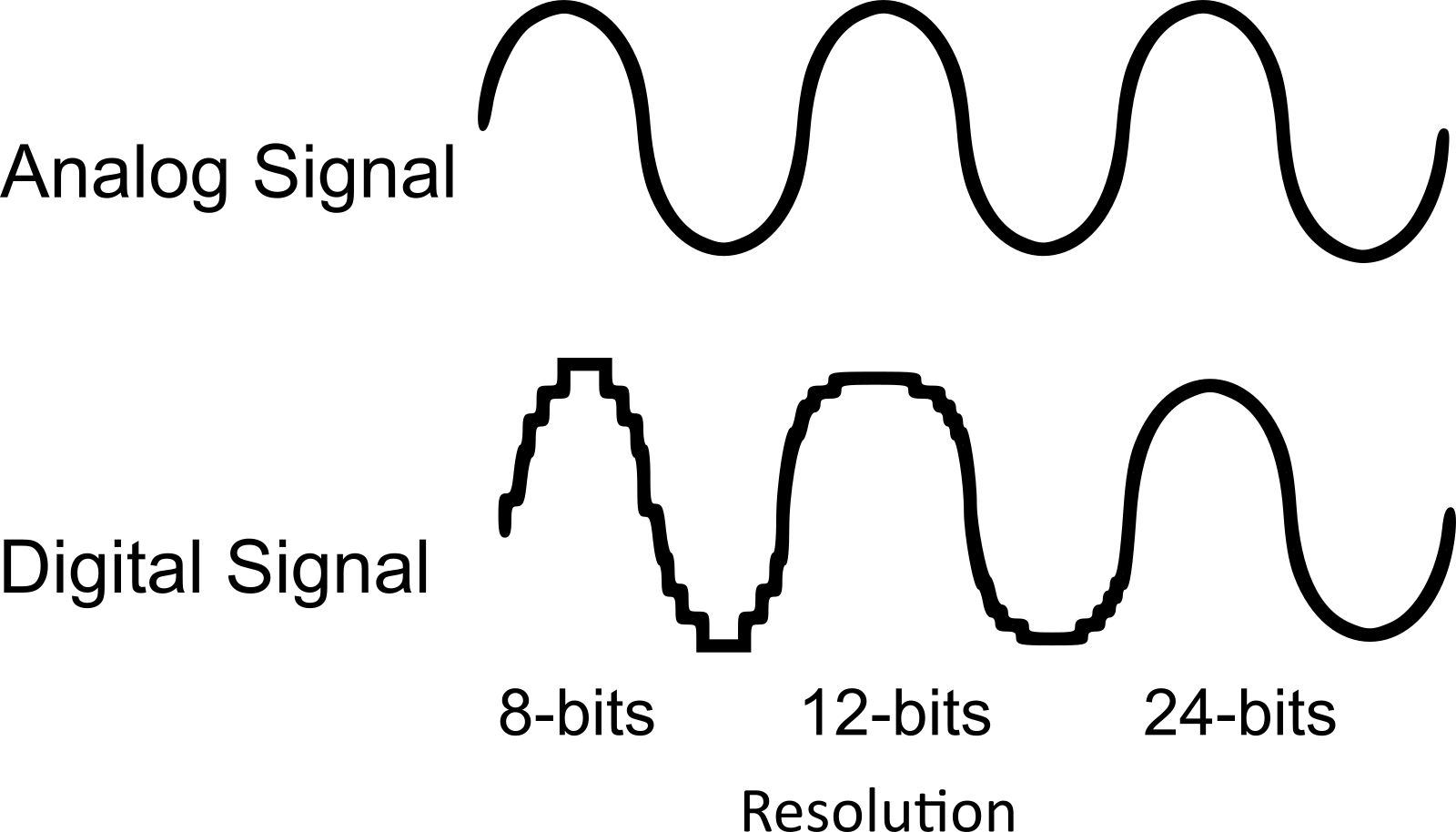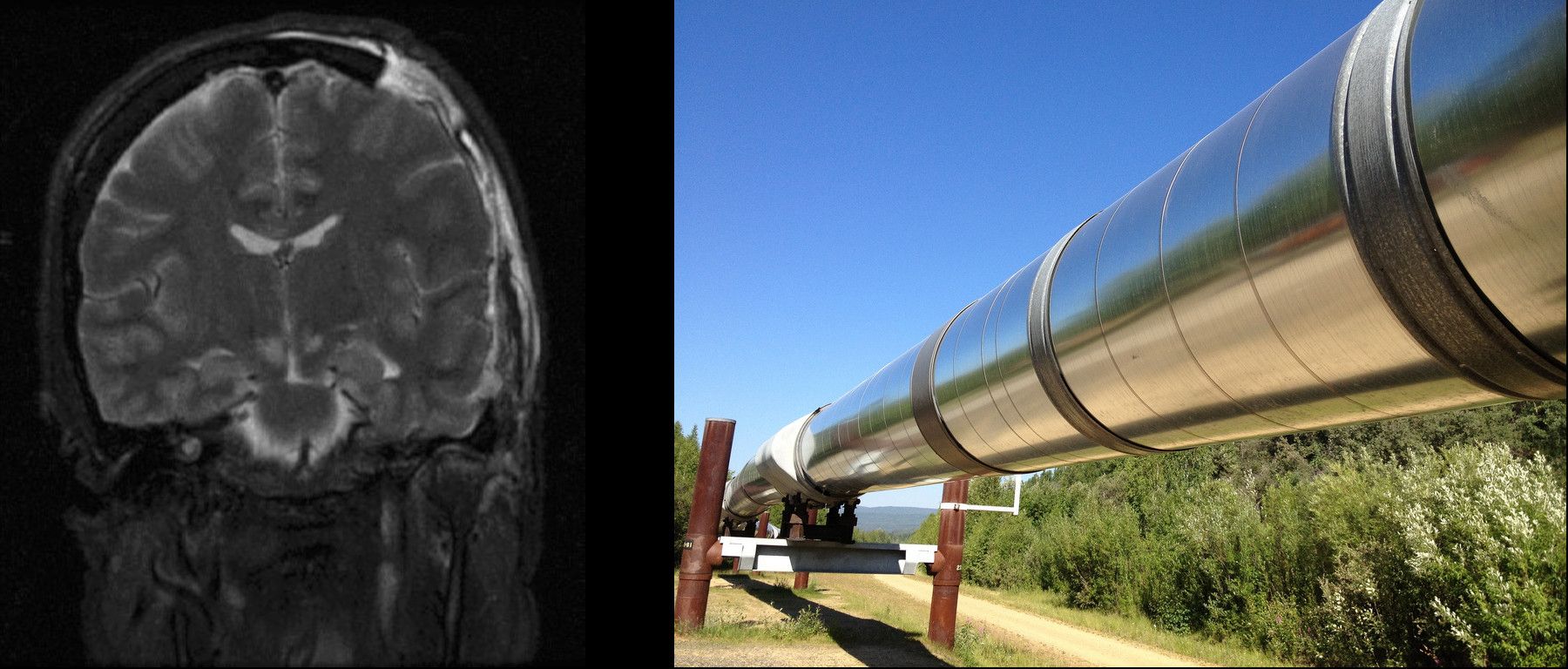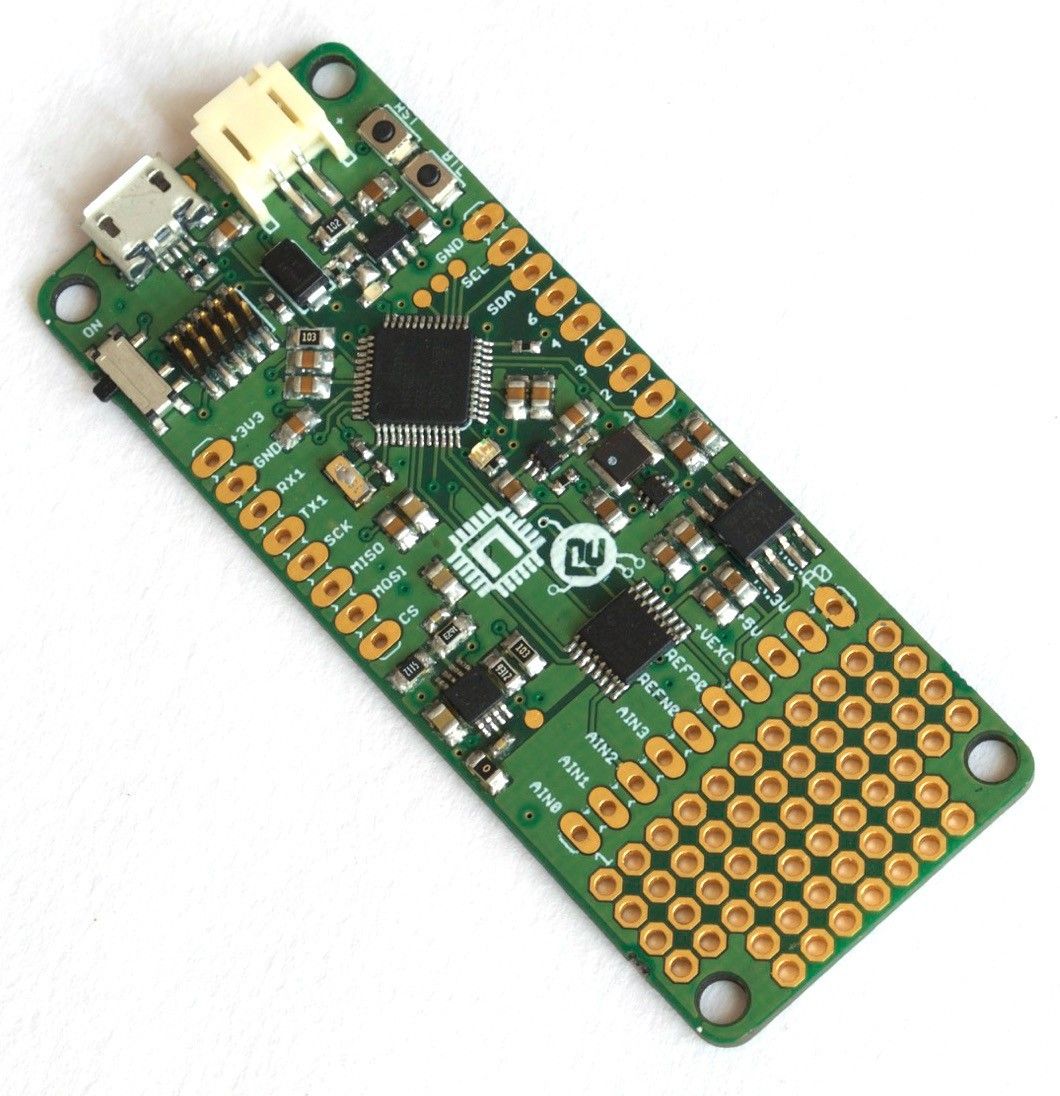Project update 2 of 10
What is 24-bit Acquisition Anyway?
We had a good first 3 days of launch, even getting some customer feedback already, which we have incorporated into the campaign. We have added two new pledge levels:
Sensything Board - This one is for those of you that already have alligator clip cables, USB cable and Li-Ion rechargeable batteries lying around and don’t want to buy them again.
Sensything Lab Pack - 5 - Are you using Sensything in a lab or educational setting? Then this is the pack for you; with 5 Sensything boards with Li-Poly battery, 20 alligator-clip cables, and one USB cable for programming and charging.
What does 24-bit ADC resolution mean anyway?
During the process of signal acquisition (capturing a signal from the analog domain to digital), the analog signals are captured or "sampled" at defined sampling intervals and assigned a voltage level or intensity. The range of these numbers is based on the resolution of the ADC, or the minimum resolvable voltage. As an example, an 8-bit ADC can resolve 256 different voltage levels (or bits), a 12-bit ADC can resolve 4096 voltage levels and a 24-bit ADC can resolve about 16.7 million voltage levels!
Putting it simply, the higher the ADC resolution, higher is the ability to get a smoother and low-noise signal. The figure below shows the difference in the acquired signal that is converted by ADCs with varying resolution.
The Sensything uses the Texas Instruments ADS1220 that can do 24-bit conversion at a speed of up to 2000 samples/second. As a result, it introduces the ability to acquire small signals that might otherwise be drowned in noise, while still maintaining a good dynamic range.
How does this help?
A bit of history first. During the course of several projects that we were working on, we tried out and picked up several ways for acquiring very small signals from different sensors.
In one case we had to design a low-cost acquisition system to interface with an implanted, piezo-resistive pressure sensor that measures intracranial pressure (ICP), which is the pressure inside the skull cavity in which the brain sits in cerebral fluid. In a hospital, during treatment of a trauma incident, neurosurgeons monitor this closely to track progress of the treatment. The sensor measures the range of about 5 - 15 mmHg with a full-scale change in resistance of 10 milli-ohms, which required a resolution of 10 micro-ohms.
In another unrelated industrial project, we had to measure the pressure drop across a section of a pipeline to monitor how much of an obstruction is present when a filter is introduced. Here too, a pressure sensor is used to measure small changes in the flow, while still measuring a wide range.
The common factor in both these applications is that it required measurement of a small signal which could be drowned out by noise and requires a wide measurement range.
This experience gave birth to a product called OpenPressure which was our attempt at making an open source, high-res acquisition board. We sold quite a few of those and people used them for all kinds of applications such as seismic monitoring to measuring recoil pressure from weapons. Unfortunately, we had to stop making OpenPressure because it was too expensive for regular citizen scientists and hobbyists to use.
Sensything now breaks the barriers by using the latest highly integrated components to reduce cost, complexity, component count as well as ease-of-usability. This enables use of this same high-performance technology used for high-end applications to be available for your own experiments whether you’re a student, teacher, researcher or a scientist, achieving true democratization.
We will cover how to use each of these features to make the best of your experiment in the coming weeks.








